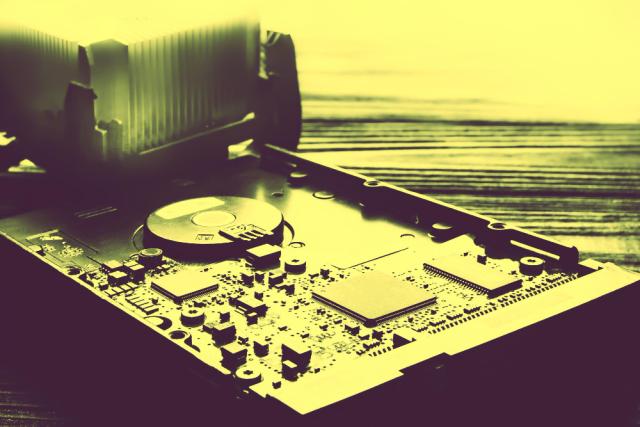
The comparison of PCB design software is an important topic that comes up in discussions because, for most engineers and designers, the flow of work and how efficient it is the primary concern when creating functional circuit boards. Knowing what functions are most critical to have on the system can make all the difference. In 2022, the global PCB design software industry size was valued at US$ 3.56 billion. It is anticipated to grow at a compound annual growth rate (CAGR) of 12.3% between the years 2023 and 2030. All beginners or experts in this field are guided on the right decisions by these basic features of PCB software.
Intuitive Interface and Workflow
Users also expect a user-friendly interface that is easy to navigate and has customizable workspaces in order to enhance user experience. This drastically reduces the design time and simplifies the learning process for new users.
Schematic Capture & PCB Layout Tools
Designed to help beginners and novices get into the world of PCB layout design and schematic diagrams, users need these for easier designing. No one wants to go out looking for complex schemas, so everything needs to be integrated PCBs and integrated circuits. These, along with the hierarchical design feature, help in preventing design errors.
Design Rule Checking (DRC) and Error Prevention
Design rule checking ensures there are no mistakes like short circuits, clearance violations, or trace widths that do not meet specifications, as well as ensures that the design follows electrical and manufacturing standards. Decent DRC makes it possible to avoid expensive rework and manufacturing defects.
Signal Integrity and High-Speed Analysis
High-speed signals are a given in modern electronics designs. Excellent PCB design software should have a signal integrity analysis tool, impedance matching, and crosstalk-suppressing functions. These elements are critical in maintaining the performance of the circuitry.
Options for Auto-Routing and Conventional Manual Routing
Good routing is essential for a working PCB. The software must be equipped with intelligent tools for PCB design, such as auto-routing for simple, fast designs and manual routing for complex ones that need fine work.
Integration with Other Mechanical Parts and 3D Visualization
3D modeling provides designers with the ability to place the PCB in a real-world setting and look at the parts that they placed on the PCB to ensure it fits and is mounted appropriately. This feature is of great importance to circuit boards that are compact and have high density.
Large Component Libraries & BOMs
Having a component library easily accessible along with current status availability helps ease the design and purchasing aspect. The possibility of accurate BOM (Bill of Materials) generation enables efficient production and budgeting.
Multi-Layer & Ultrastructure Design
High-density circuits mean that multi-layer PCBs are essential for efficient space utilization. Your software must offer multi-layer control, blind/buried vias, and flexible PCB design.
Teamwork & PCB Cloud tools
Certain projects are designed by multiple teams, which can add to the complexity of those tasks. Multi-user PCB cloud tools enable design work, version changes, and even remote work, which all speed up the design process.
File Format Export and Offerings
It is important that the circuit board design package can export Gerber files, drill files, and other manufacturing files for fabrication and assembly without issues.
Conclusion
The choice of the best PCB CAD software varies greatly depending on the particular needs of the project, probable costs, and your schedule. By understanding the features of the software that matter, you can optimize the design process and results. Do compare the PCB design tools before you settle on a particular one so that you do not leave out a critical need that you have.







